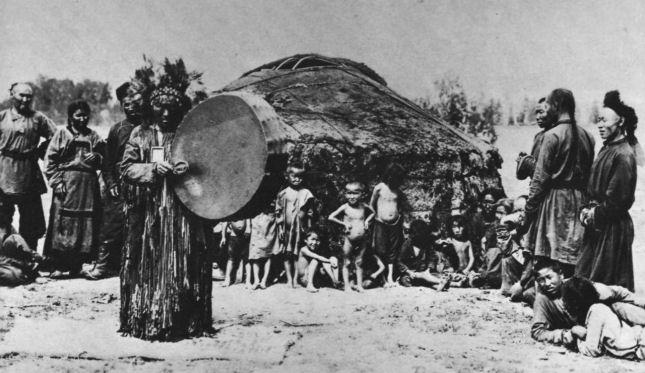Amanita muscaria, also known as the fly agaric, is a distinctive mushroom with a bright red cap covered in white spots. It has been the subject of myth, legend, and fascination for centuries, and is still shrouded in mystery and controversy today.

According to the Encyclopedia Britannica, the Amanita muscaria mushroom has a long history of use, dating back to ancient times. It has been used as a traditional medicinal and psychoactive plant by cultures all over the world, including in Siberia, where it has a long history of use in indigenous shamanic practices.
In Siberia, the Amanita muscaria mushroom was used as part of a spiritual practice in which it was consumed as a tea in order to induce visions and facilitate communication with the spirit world. According to the book “Plants of the Gods: Their Sacred, Healing, and Hallucinogenic Powers,” the mushroom was also used for its medicinal properties, and was believed to have the ability to cure a variety of ailments, including cancer and tuberculosis.

The Amanita muscaria mushroom has also played a role in various mythologies and folklore around the world. In many European cultures, it was associated with the supernatural and was believed to be a gift from the gods. In Norse mythology, the Amanita muscaria mushroom was believed to be the “food of the gods,” and was associated with the god Odin. In some Native American cultures, it was believed to be a sacred plant that could bring people into contact with the spirit world.

Despite its long history of use, the Amanita muscaria mushroom remains a controversial and somewhat mysterious substance. While some people claim that it has powerful medicinal and psychoactive properties, others argue that it is highly toxic and can be deadly if consumed. According to the book “Poisonous Mushrooms of the Northern United States and Canada,” the Amanita muscaria mushroom contains several toxic compounds that can cause hallucinations, nausea, and vomiting. It is important to note that the Amanita muscaria mushroom is a controlled substance in many countries, and its possession and use is illegal in some places.
In conclusion, the Amanita muscaria mushroom is a fascinating plant with a long and storied history. Its use as a traditional medicinal and psychoactive plant has been documented for centuries, and it has played a role in various mythologies and folklore around the world. However, due to its controversial nature and potential toxicity, it is important to exercise caution when considering its use.
